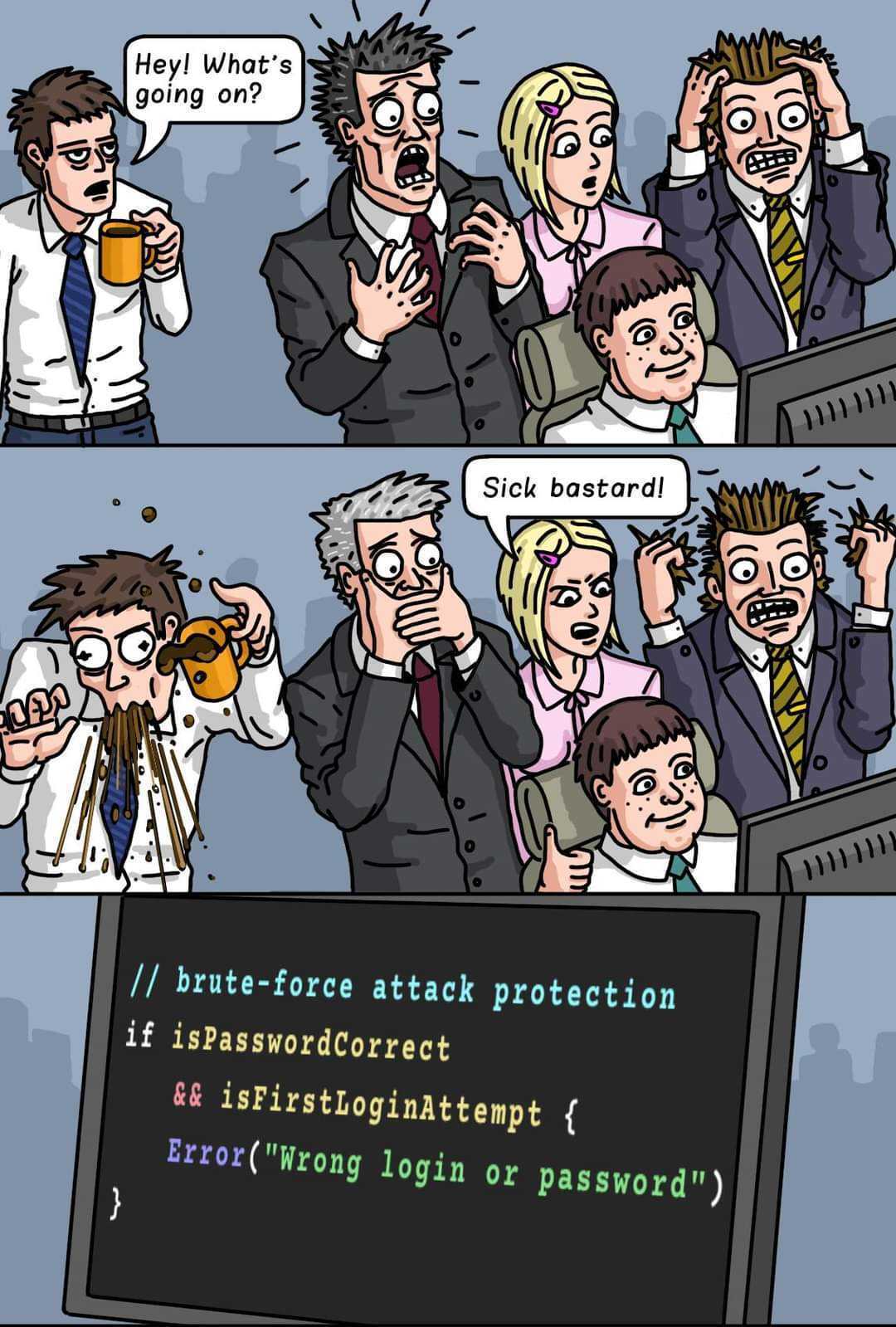Protect Your Drupal Website with Brute Force Protection
Drupal is a powerful content management system that is used by millions of websites around the world. With its extensive customization options and robust security features, Drupal is a popular choice for businesses and organizations looking to create a professional online presence. However, like any other website platform, Drupal is vulnerable to brute force attacks, which can put your site at risk of being hacked.
What is a brute force attack, you may ask? A brute force attack is a method used by hackers to gain unauthorized access to a website by trying a large number of possible passwords until the correct one is found. This type of attack can be highly effective if the website owner has not taken proper precautions to protect their site against it.
Why You Need Brute Force Protection
Brute force attacks can have serious consequences for your Drupal website. If a hacker gains access to your website, they can steal sensitive information, deface your site, or even use it to launch additional attacks on other websites. This can damage your reputation, cost you money, and harm your customers or users.
By implementing brute force protection measures on your Drupal website, you can significantly reduce the risk of a successful attack. Brute force protection works by limiting the number of login attempts that can be made within a certain timeframe, making it much more difficult for hackers to guess your password.
How to Protect Your Drupal Website from Brute Force Attacks
There are several steps you can take to protect your Drupal website from brute force attacks:
- Use a secure password: Make sure you use a strong, unique password for your Drupal website. Avoid using common passwords such as “password123” or “123456.”
- Enable two-factor authentication: Two-factor authentication adds an extra layer of security to your website by requiring a second form of verification, such as a code sent to your phone, in addition to your password.
- Limit login attempts: Install a plugin or module that limits the number of login attempts that can be made within a certain timeframe. This will help prevent brute force attacks from being successful.
- Update your Drupal software regularly: Keep your Drupal software up to date to ensure that you have the latest security patches and features.
By following these best practices, you can significantly reduce the risk of a brute force attack on your Drupal website and keep your site secure.
Conclusion
Brute force attacks are a common threat to Drupal websites, but with the right security measures in place, you can protect your site from falling victim to them. By using secure passwords, enabling two-factor authentication, limiting login attempts, and keeping your software up to date, you can greatly reduce the risk of a successful brute force attack. Don’t wait until it’s too late – take action now to protect your Drupal website!
